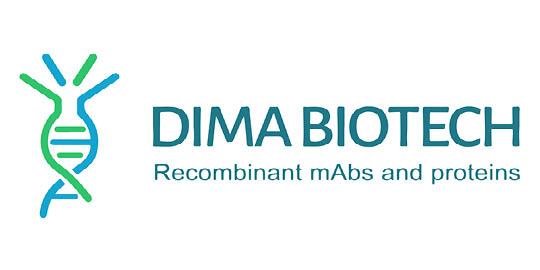Human FPR2-Strep full length protein-synthetic nanodisc
Human FPR2-Strep full length protein-synthetic nanodisc
SKU
DMAFLP120240-50
Packaging Unit
50 µg
Manufacturer
DIMA Biotechnology
Availability:
loading...
Price is loading...
Background: Low affinity receptor for N-formyl-methionyl peptides, which are powerful neutrophil chemotactic factors (PubMed:1374236). Binding of FMLP to the receptor causes activation of neutrophils (PubMed:1374236). This response is mediated via a G-protein that activates a phosphatidylinositol-calcium second messenger system (PubMed:1374236). The activation of LXA4R could result in an anti-inflammatory outcome counteracting the actions of proinflammatory signals such as LTB4 (leukotriene B4) (PubMed:9547339). Receptor for the chemokine-like protein FAM19A5, mediating FAM19A5-stimulated macrophage chemotaxis and the inhibitory effect on TNFSF11/RANKL-induced osteoclast differentiation (By similarity).[UniProtKB/Swiss-Prot Function]
Description: Human FPR2-Strep full length protein-synthetic nanodisc
Molecular Weight: The human full length FPR2-Strep protein has a MW of 39 kDa
Protein Families: GPCR,Transmembrane,Druggable Genome,
Protein Pathways: GPCRDB Class A Rhodopsin-like,Peptide GPCRs,Angiogenesis,
Storage & Shipping: Store at -20°C to -80°C for 12 months in lyophilized form. After reconstitution, if not intended for use within a month, aliquot and store at -80°C (Avoid repeated freezing and thawing). Lyophilized proteins are shipped at ambient temperature.
Tag: C-Flag&Strep Tag
Expression Host: HEK293
Formulation & Reconstitution: Lyophilized from nanodisc solubilization buffer (20 mM Tris-HCl, 150 mM NaCl, pH 8.0). Normally 5% – 8% trehalose is added as protectants before lyophilization. Please see Certificate of Analysis for specific instructions. Do not use solvents with a pH below 6.5 or those containing high concentrations of divalent metal ions (greater than 5 mM) in subsequent experiments.
Target: FPR2
Uniprot ID: P25090
Usage: Research use only
Description: Human FPR2-Strep full length protein-synthetic nanodisc
Molecular Weight: The human full length FPR2-Strep protein has a MW of 39 kDa
Protein Families: GPCR,Transmembrane,Druggable Genome,
Protein Pathways: GPCRDB Class A Rhodopsin-like,Peptide GPCRs,Angiogenesis,
Storage & Shipping: Store at -20°C to -80°C for 12 months in lyophilized form. After reconstitution, if not intended for use within a month, aliquot and store at -80°C (Avoid repeated freezing and thawing). Lyophilized proteins are shipped at ambient temperature.
Tag: C-Flag&Strep Tag
Expression Host: HEK293
Formulation & Reconstitution: Lyophilized from nanodisc solubilization buffer (20 mM Tris-HCl, 150 mM NaCl, pH 8.0). Normally 5% – 8% trehalose is added as protectants before lyophilization. Please see Certificate of Analysis for specific instructions. Do not use solvents with a pH below 6.5 or those containing high concentrations of divalent metal ions (greater than 5 mM) in subsequent experiments.
Target: FPR2
Uniprot ID: P25090
Usage: Research use only

 Deutsch
Deutsch











